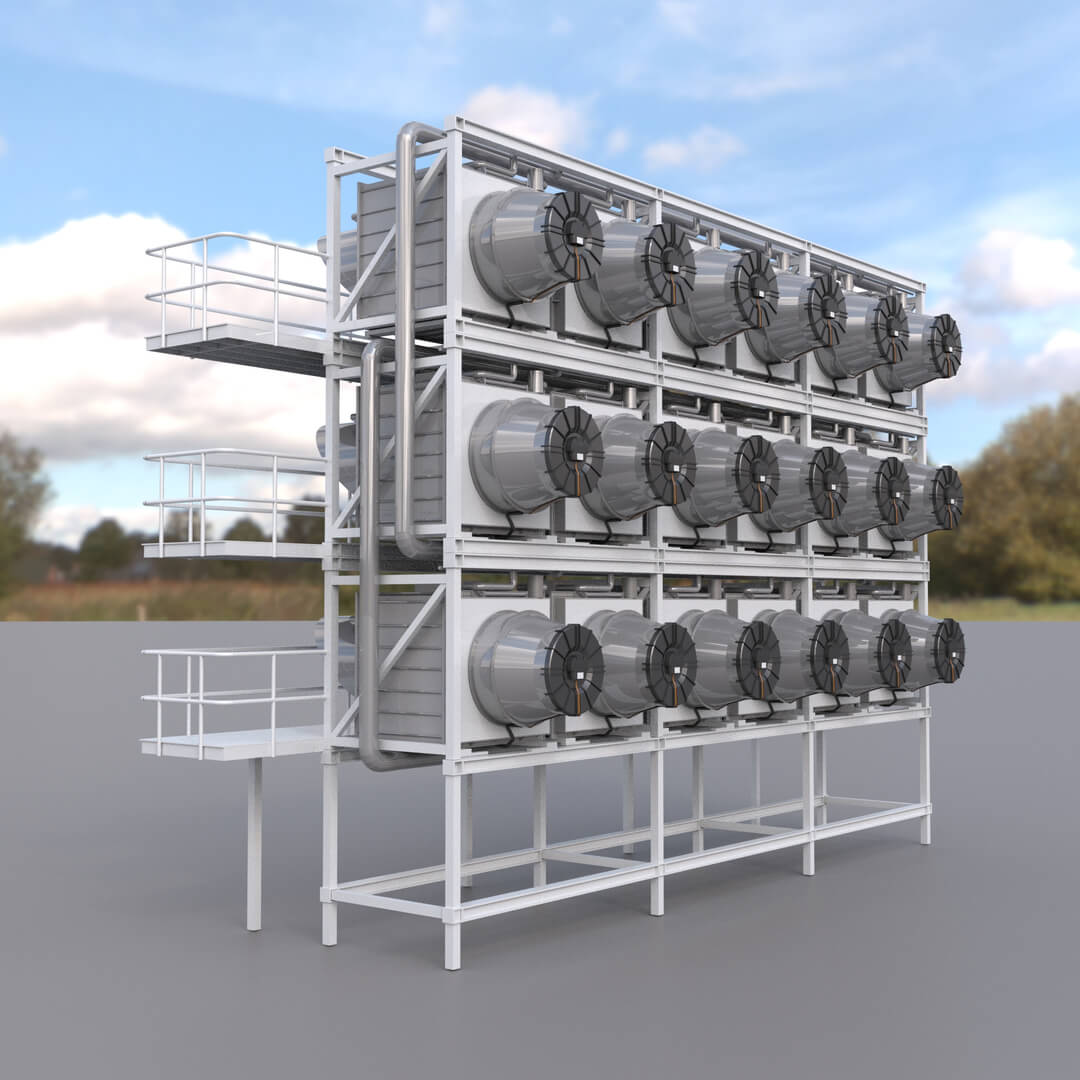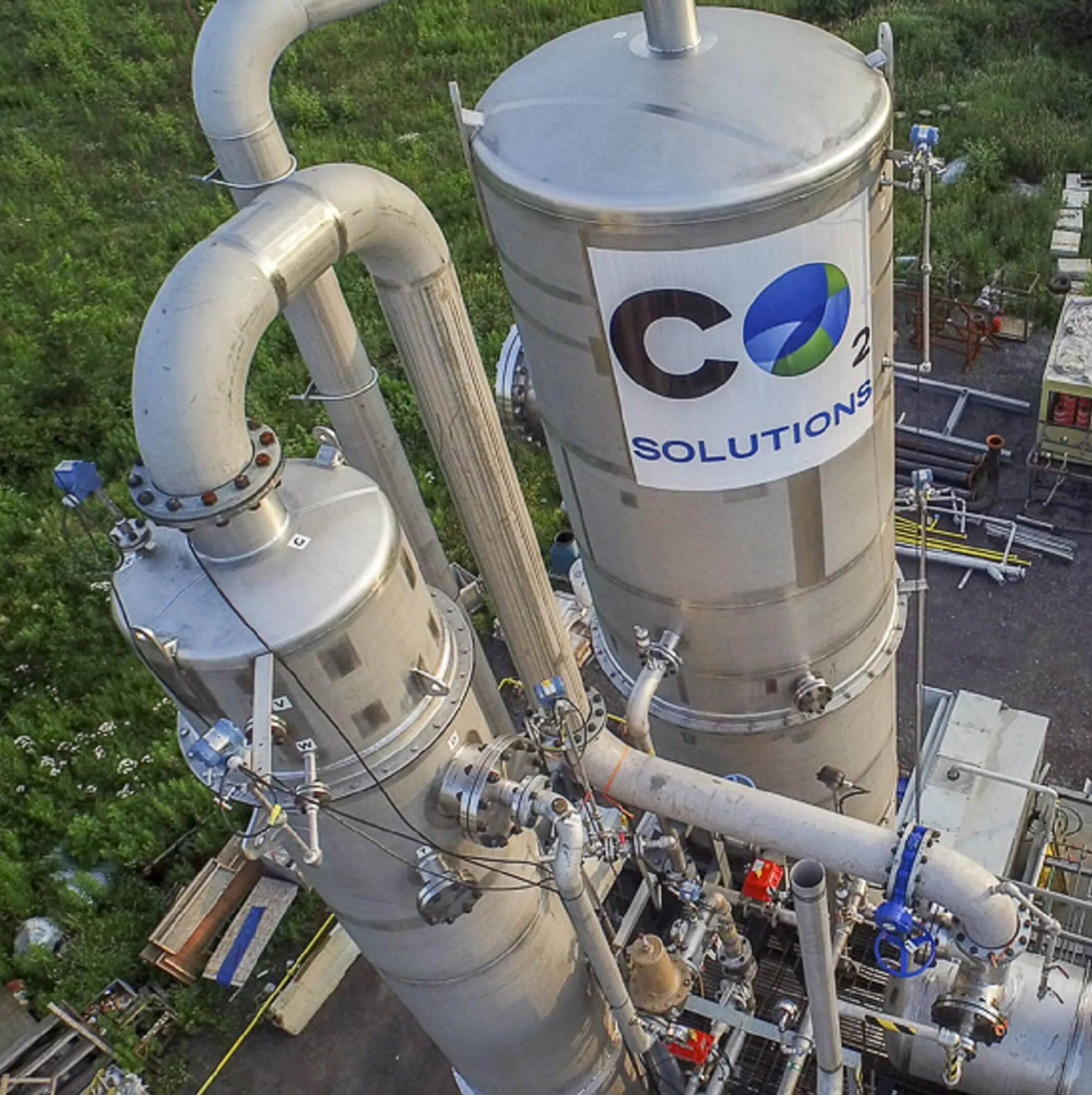Carbon Capture
Carbon capture is the process of capturing carbon dioxide (CO2) from sources such as power plants, industrial processes, and landfills, and storing it away from the atmosphere. This process can be accomplished through a variety of methods, such as direct air capture, mineralization, and bio-energy with carbon capture and storage (BECCS). By capturing the CO2 before it enters the atmosphere, the process helps reduce the impact of global warming and climate change.

Direct Air
Carbon Capture
Direct air carbon capture is a process of capturing carbon dioxide directly from the atmosphere. The process involves using a variety of technologies to capture CO2 from the air, such as adsorption and absorption. The captured CO2 can then be stored or used for various purposes, such as for the production of biofuels, for carbon sequestration, or for other industrial uses. Direct air capture is an important tool for reducing global emissions of carbon dioxide and is being explored as a possible solution to reducing the impacts of climate change.

Bio Fuel
Direct air capture to biofuel is a process that uses technology to capture carbon dioxide from the atmosphere and convert it into fuel. This process begins by using a filter to capture the CO2 from the air. Then, the CO2 is converted into a fuel source such as biodiesel, ethanol or jet fuel. The fuel is then used as a replacement for traditional fossils fuels, reducing emissions and helping to combat climate change. Direct air capture to biofuel is a promising technology that could help in the fight against climate change, providing an alternative to reduce emissions and create a more sustainable future.
- Direct air carbon capture is a cost-effective way to capture and store carbon dioxide emissions from the atmosphere.
- It can be used to reduce emissions from existing sources such as power plants, factories, and transportation vehicles.
- Direct air carbon capture can also be used to create new sources of clean energy, such as biofuels, synthetic fuels, and renewable electricity.
- The process of direct air carbon capture can be used to create new products, such as carbon-neutral fuels, which can reduce emissions and help to reduce climate change.
- Direct air carbon capture can also help to reduce the amount of carbon dioxide that is released into the atmosphere, which can help to improve air quality and reduce the risk of health problems associated with air pollution.
- Direct air carbon capture can also help to reduce the cost of energy production and reduce the cost of reducing emissions.
